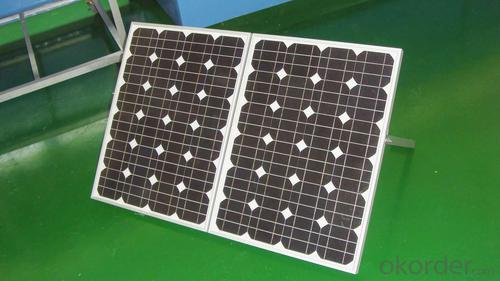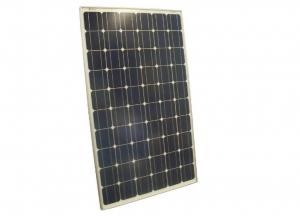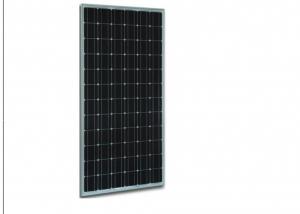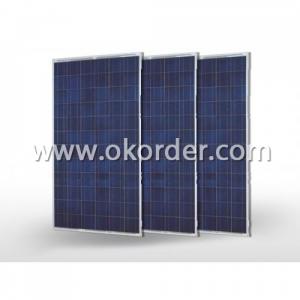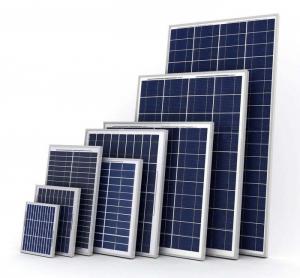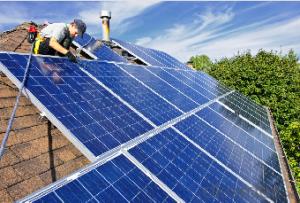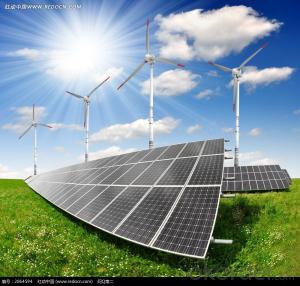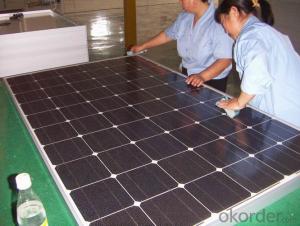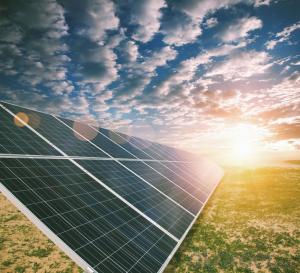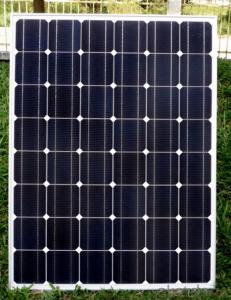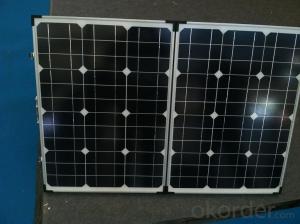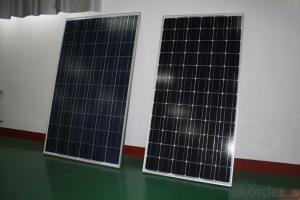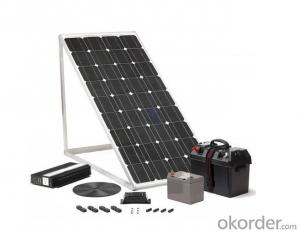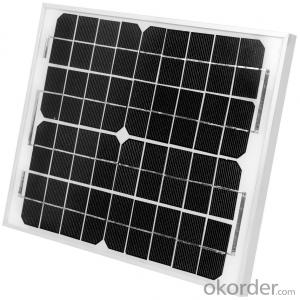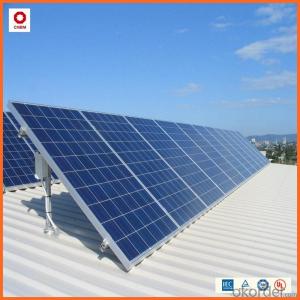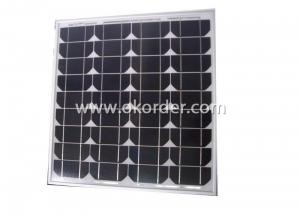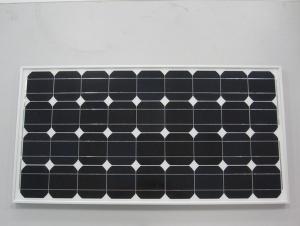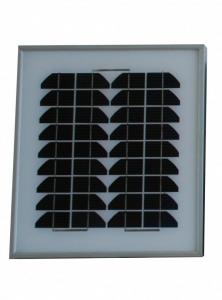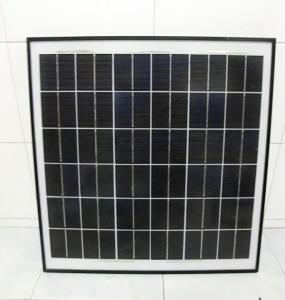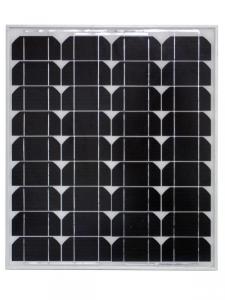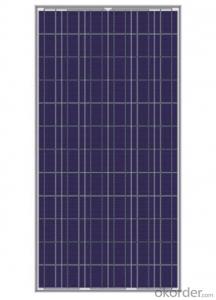15w Mono Solar Panel for Solar System with Wind Resistance Made in China
- Loading Port:
- Shanghai
- Payment Terms:
- TT OR LC
- Min Order Qty:
- 10000 watt
- Supply Capability:
- 1000000 watt/month
OKorder Service Pledge
OKorder Financial Service
You Might Also Like
Specification
Product Description
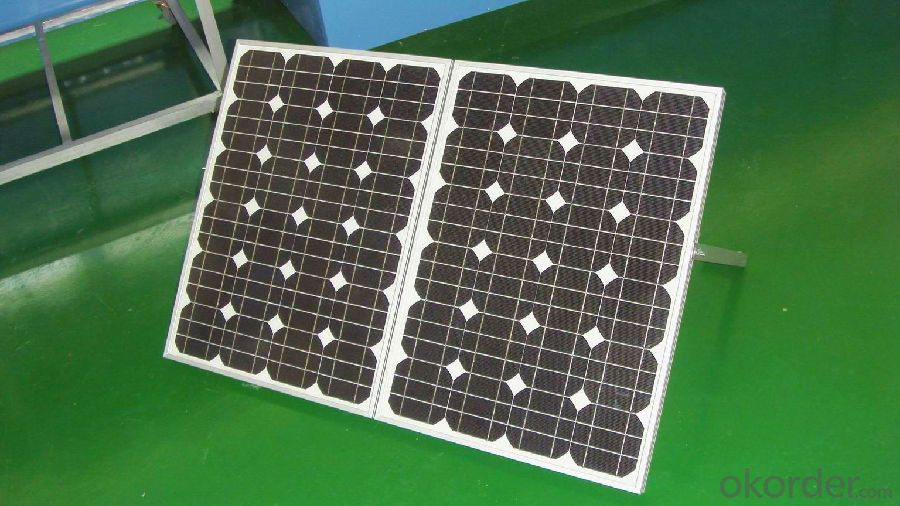
Specifications:
| Rated Max.Power | 15W |
| Rated Voltage: | 18V |
| Open Circuit Voltage: | 21V |
| Short Circuit Current: | 1.1A |
| Rated circuit current: | 0.85A |
| Max.System Voltage: | 1000V |
| Dimensions: | 380x345X17 |
Packaging:
Carton, or custom
Advantages
1.Long Service Life
2.High Efficiency Solar Cells
3.Special Aluminum Frame Design
4.High Transmission, Low Iron Tempered Glass
5.Advanced Cell Encapsulation
Solar Panel Application:
1. Solar power station, field operation some huge engineer construction;
2. Living house and home building;
3. Office building, factory and warehouse;
4. other industrial and commercial applications.
FAQ:
1.Price per watt?
It depends on the quantity, delivery date and payment terms.
2.Parameter of the module?
We have different series of panels in different output, both c-si and a-si. please take the specification sheet for your reference.
3.Can you provide the peripheral products of the solar panels, such as the battery, controller etc.?
We have two companies(CNBM International & CNBM engineering Co.) with different approaches. We can supply not only the solar module but also Solar Cells, off grid solar system, even service with on grid plant.
4.Warranty policy?
Our product performance guarantees for 25 years
• 12 years guarantee for workmanship
• Timeliness of delivery
• Quality Products certified (TÜV, UL, CE, ISO)
5.Lead time?
In 3 days after purchasing, we will arrange the factory delivery ASAP. The specific time of receiving is related to the state and position of customers. Commonly 7 to 10 working days can be served.
- Q: Do solar panels require maintenance?
- Yes, solar panels do require some maintenance. Regular cleaning to remove dirt, dust, and debris is recommended to ensure optimal performance. Additionally, occasional inspections and maintenance checks by professionals are advisable to detect and address any issues or damage that may arise over time.
- Q: The voltage and power problems of solar panels
- 3, charge 12V battery when the power is really small, if it is a normal controller, then the equivalent of 18V voltage in the charge, probably 18 x (240 / 30.2) = 143w solar panels.
- Q: Can solar panels be installed on a sports stadium or arena?
- Yes, solar panels can be installed on a sports stadium or arena. Many stadiums and arenas around the world have already installed solar panels to generate clean and renewable energy. These panels can be mounted on the rooftop, parking structures, or even integrated into the facade of the building. The large surface area of stadiums and arenas makes them ideal for harnessing solar energy and reducing their carbon footprint.
- Q: Can solar panels be used to power a bank?
- Yes, solar panels can be used to power a bank. Solar panels generate electricity by converting sunlight into usable energy, which can be used to supply power to a bank's operations and facilities. By installing solar panels, banks can reduce their reliance on traditional energy sources and lower their carbon footprint. Additionally, solar power can help banks save on energy costs in the long run.
- Q: Can solar panels be used for charging outdoor power tools?
- Yes, solar panels can be used for charging outdoor power tools. Solar panels generate electricity by converting sunlight into energy, which can be used to charge batteries or power devices like outdoor power tools. This eco-friendly and cost-effective solution provides a sustainable way to charge outdoor power tools without relying on traditional electrical outlets.
- Q: how efficient are flexible solar panels?
- Up to now, it has very poor efficiency, about 5% to 23%.
- Q: Can solar panels be installed on carports or pergolas?
- Yes, solar panels can be installed on carports or pergolas. These structures provide ample space for installing solar panels, allowing them to generate clean and renewable energy while also providing shade and protection for vehicles or outdoor spaces.
- Q: Can solar panels be installed on streetlights?
- Yes, solar panels can be installed on streetlights. This allows the streetlights to generate their own electricity from sunlight, reducing reliance on the electrical grid and promoting sustainability.
- Q: Are solar Panels worth it, Do they really quot;save moneyon electricity?
- The answer is yes. Where it used to cost around $0 per watt you can now buy a system installed for half of that. Panels are more powerful, technology is better so once again the answer is yes. In addition a lot of power companies are offering net metering programs (that is where you sell your extra power back to them for credit). It's like putting power in the bank during peak solar days to use when the sun doesn't shine. You stay hooked up to the grid and when you're making more than you're using your meter spins backwards.
- Q: What's your opinion on solar power? More specifically, having panels installed on your roof to reduce your electric bill. I'm having a consultation tomorrow to get more details. I live in the SW, so it's always crazy sunny here. I don't know what the cost will be yet. Is it something you'd consider if the situation was right? If not, why?
- Lots of folks are installing them in my neighborhood in the Mid-Atlantic. I'm going to hold off until I can ask my neighbors how much their electric bill has gone down, after they've had the panels for a year or so. I don't see any reason to rush into it. Also, I'm a little concerned about what happens if a leak develops in your roof during or after installation. Who pays to fix that? That, plus the west side of my house faces the street, and I don't think I want my solar panel array to be greeting guests and visitors...I'm just not that in love with the looks (although the shingle- or tile-like versions of panels that Tesla is advertising would not be bad). So the panel installers would have to be satisfied with an east-facing installation on the rear slope of my roof.
Send your message to us
15w Mono Solar Panel for Solar System with Wind Resistance Made in China
- Loading Port:
- Shanghai
- Payment Terms:
- TT OR LC
- Min Order Qty:
- 10000 watt
- Supply Capability:
- 1000000 watt/month
OKorder Service Pledge
OKorder Financial Service
Similar products
Hot products
Hot Searches
Related keywords



